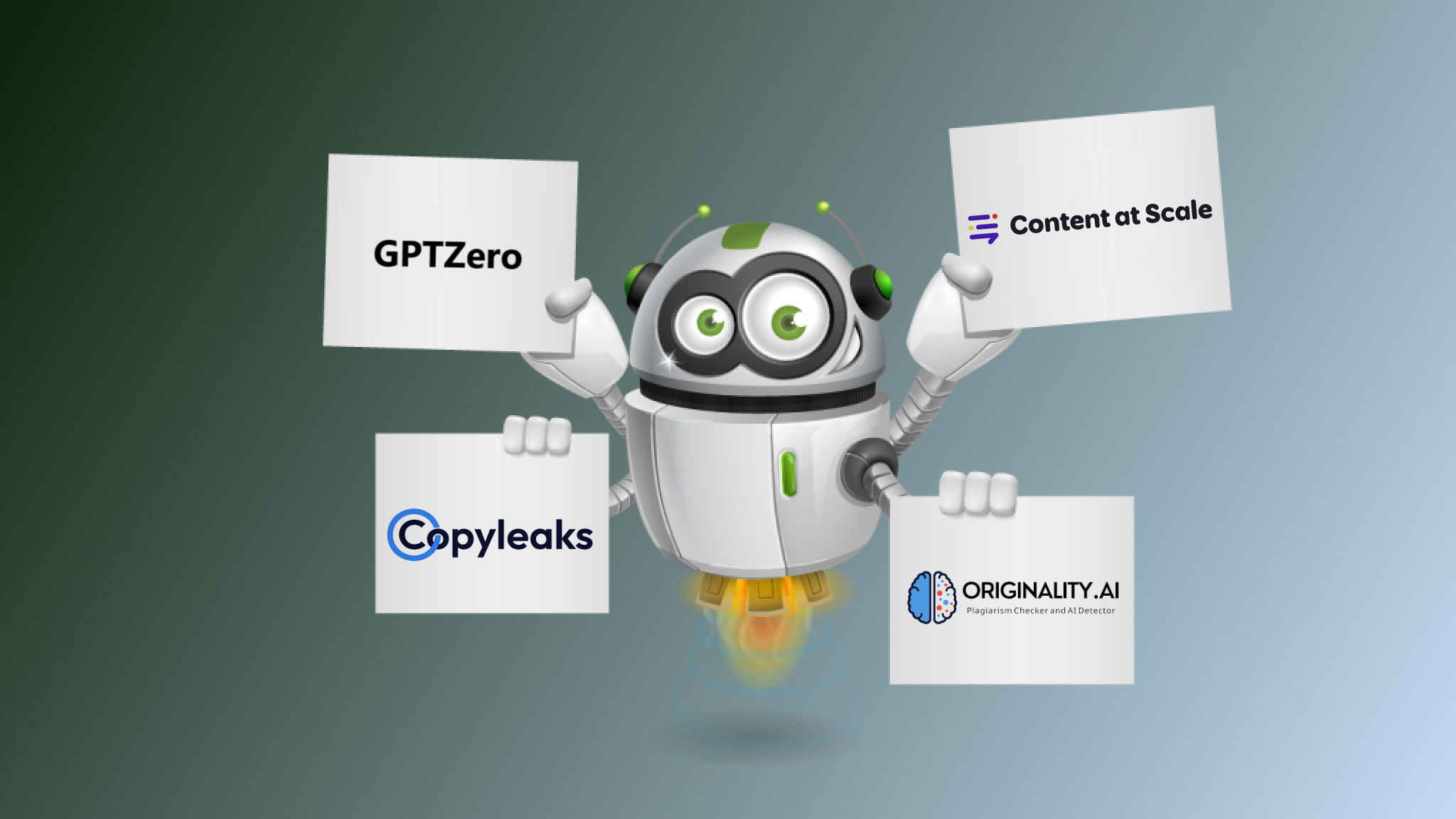Unveiling the Truth: Can You Trust an AI Detector with Your Decision-Making?
Introduction
In today’s digital landscape, the use of artificial intelligence (AI) is on the rise. With the increasing prevalence of AI-generated content, the need for AI detection technology has become more pronounced. However, the reliability of AI detectors has come into question, with concerns about biases and false positives. In this article, we will explore several studies that have analyzed the accuracy of AI detection tools and discuss the implications of their findings. We will also examine the statement issued by the Federal Trade Commission (FTC) regarding generative AI and detectors. By the end of this article, you will have a better understanding of the strengths and limitations of AI detectors and be able to make an informed decision about whether or not to trust these tools.
The Bias in AI Detectors
One of the key concerns raised in the studies is the potential bias in AI detectors. Researchers have found that AI content detectors designed to differentiate between AI and human-generated content may exhibit biases against non-native English writers. These detectors have been found to consistently misclassify non-native English writing samples as AI-generated, while accurately identifying native English writing samples. This bias can have significant implications, particularly in evaluative or educational settings, where non-native English speakers may be unfairly penalized or excluded from global discourse. The studies suggest that there is a need for increased focus on fairness and robustness within AI detection tools to ensure equitable treatment for all users.
Evading AI Detectors
Another study explores the effectiveness of substitution-based in-context example optimization (SICO) in evading AI detection. This technique allows large language models (LLMs) like ChatGPT to bypass AI detection by generating text that is often indistinguishable from human-written text. The study tested SICO against various AI detection tools and found that it consistently outperformed other evasion methods across all detectors and datasets. While this technique has potential implications for the misuse of AI-generated text, it also highlights the need for more sophisticated detection technology to keep up with the rapid development of generative AI.
Reliability of AI Detectors
A comprehensive analysis of previous studies on the reliability of AI detectors reveals some interesting findings. Researchers have found that popular plagiarism detection tools, such as iThenticate, can have high match rates with ChatGPT-paraphrased text. Additionally, detecting AI-generated code can be more challenging than detecting natural language content. The overall accuracy of AI detection tools in detecting AI-generated text varies, with some tools achieving success rates as low as 28%. These studies underscore the need for further research and development to improve the accuracy and effectiveness of AI detectors in different contexts.
The Accuracy of the Studies
While the studies provide valuable insights into the strengths and limitations of AI detectors, it is important to critically evaluate their accuracy. One of the studies in question had limitations in terms of sample size, incorrectly classified answers, and the inclusion of only two paid tools. The data and testing materials should have been made available for scrutiny, but a request for the data remains unanswered. These factors highlight the need for robust evaluation and transparency in research to foster trust in the findings and recommendations.
Insights from AI Experts
To gain further insights, we reached out to AI experts in the field. One particular AI detection tool, Originality.ai, was tested on responses received through a query on the Help a Reporter Out (HARO) platform. The tool detected with 100% confidence that most of the responses were AI-generated. This experiment highlights the effectiveness of AI detectors in identifying AI-generated content. However, it is important to note that the FTC has cautioned against overstating the capabilities of AI detection tools and has advised consumers to be skeptical of claims that these tools can reliably identify all artificial content.
The Challenge of Detecting AI-Generated Text
AI detection tools often face challenges in accurately detecting AI-generated text. The formal and historical language used in texts like the United States Constitution can lead to false identifications as AI-generated content. The perplexity and burstiness scores, which AI detectors use for classification, can be similar for both AI-generated and human-written text. This further emphasizes the need for skepticism and critical evaluation of AI detector scores.
Strengths and Limitations of AI Detectors
The studies reviewed in this article provide valuable insights into the strengths and limitations of AI detectors. While these tools have shown some accuracy in detecting AI-generated text, they also exhibit biases, usability issues, and vulnerabilities to evasion techniques. The studies also highlight the need for ongoing research and development to address these limitations and improve the fairness, robustness, and accuracy of AI detection tools. Striking a balance between accurate detection and avoiding false positives or undetected cases remains a challenge but is crucial for maintaining integrity and fairness in various domains where AI-generated content is prevalent.
Conclusion
In conclusion, the question of whether to trust AI detectors is a complex one. The studies discussed in this article shed light on the strengths and limitations of these tools, as well as the potential biases and evasion techniques associated with them. While AI detection technology continues to evolve, it is important to approach these tools with skepticism and critical evaluation. Ongoing research and development are necessary to enhance the reliability and effectiveness of AI detectors, ensuring a more equitable and secure digital landscape for all users.
With a better understanding of the strengths and limitations of AI detectors, you can make informed decisions about whether or not to trust these tools in your specific context. As AI technology continues to advance, it is crucial to stay updated on the latest research and developments in AI detection to ensure the most accurate and reliable results.
